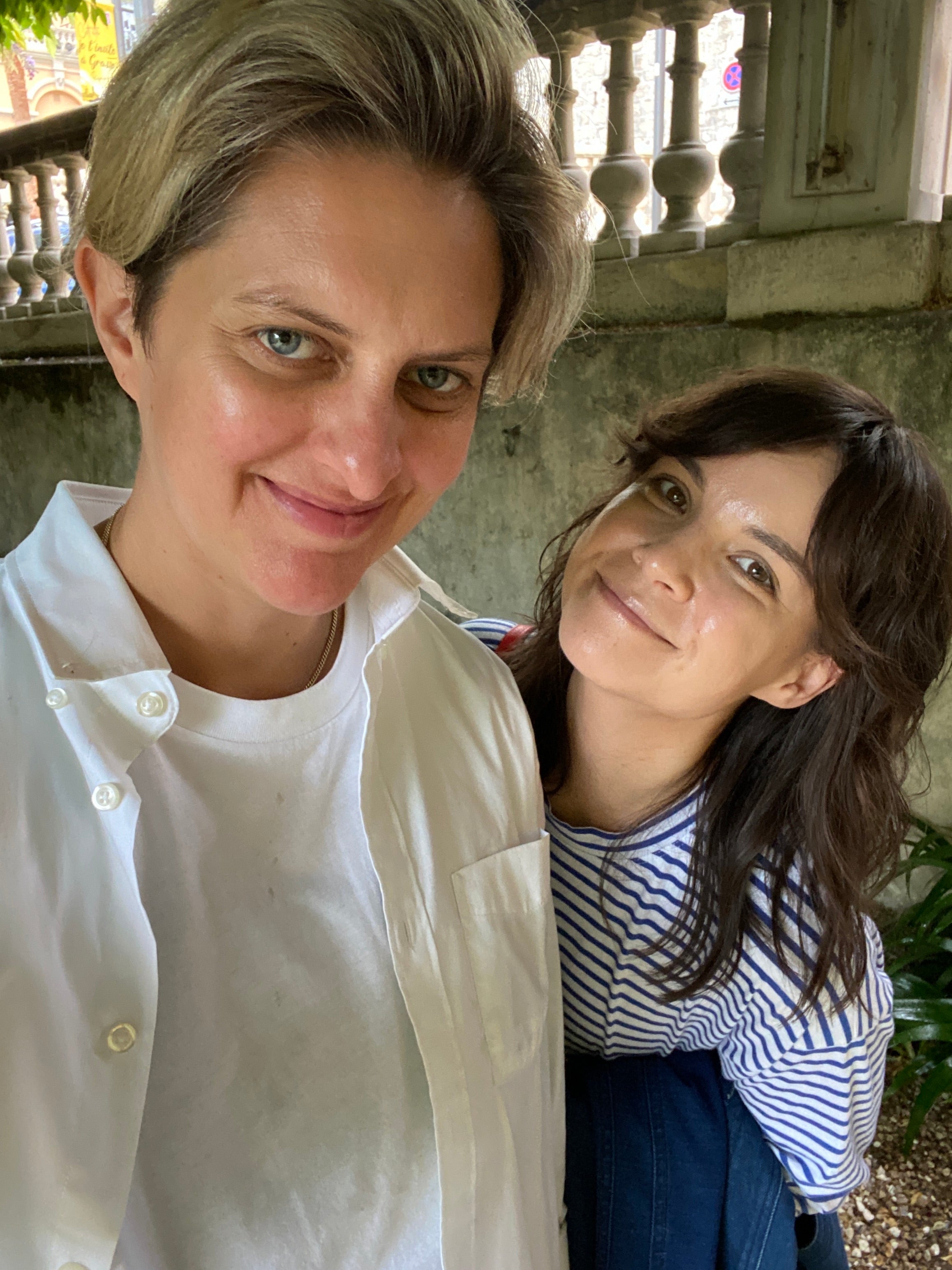
Our Visit to the Musée International de la Parfumerie
by Erica Anderson
·
Grasse is known as the perfume capital of the world. So when Ingrid and I arrived in France – after a few croissants were had – we rented a car and made our way to the small town that made big history.
Our first impressions of the windy, narrow roads leading up to the museum was one of intrigue, and when we parked and got out of the car our delight was only amplified. The parking garage literally smelled like roses! Whether it was a rose-scented air freshener or the breeze from nearby fields, I don’t know… but either way, such a delightful touch!
Once we arrived at the Musée International de la Parfumerie, we paid and made our way in. The museum covered the history, production and commercialization of perfumery. The history was pretty much Euro-centric, which makes sense given Grasse’s dominant role in shaping the modern perfume industry as we know it. (But as you know my curiosity runs deep, so I look forward to learning more about Asia, Africa and South America’s contributions to our experience of scent. Send book/museum recs!)

Ingrid at the Perfumer's Organ
Here are three insights that made me appreciate the art and science that is perfume making, compliments of the Musée International de la Parfumerie.
-
The Perfumer’s Organ: This is the traditional tool a nez (“nose”) uses when they’re studying scent notes or creating a perfume. Every bottle is filled with a scent, and as a perfumer (the school of perfumery originated here) a nez has to be able to identify hundreds of notes and then try combinations to design the winners that go to market. Seeing this in person puts into perspective the sheer volume of notes a perfumer needs to know, and just how rigorous that work must be. Serious kudos to the perfumers I’ve met (looking at you, Dana Schmitt!).
-
Synthetic + Raw Materials: Before we started TNS, I always assumed raw materials were the only way to make perfumes. Think acres upon acres of a single flower to make a commercial perfume. And while this happens, synthetic materials have been in use since the late 1800s. First, this is much earlier than I thought and second, the reason it was created blew my mind: there are some flowers (like lily of the valley or the violet) that actually can’t have their scent extracted. So by using science –– and, I should note, complying with strict regulations –– perfumers were given more creative freedom when having synthetic ingredients available.
- The Emotional Brain: Smell is one of our least developed senses and yet, it is the one that can have the most profound influence without us even lifting a finger. That’s because the nose is a wild and fascinating tool. The Musée had a chart that showed the four “stops” a scent takes upon reaching your face: first the landing strip (the nose), then the scent moves to the olfactory bulb where it gets transformed and shared as a nerve message, next the brain’s primary cortex (further sending nerve messages) until finally the scent reaches the association cortex, where the smell is attached to memories.
Overall the experience was wonderful. It gave both of us a deeper appreciation of the legacy of the industry and inspired us to take more chances as we find our space in this next chapter of fragrance.
If you’re interested in this kind of thing, follow us on Instagram where Ingrid will be sharing more… and drop us a comment to concierge@thenewsavant.com.
Until then, happy sniffs to you!

